Does A Speed Camera Always Flash?
Speed cameras are a common sight on roads around the world, designed to enforce speed limits and improve road safety. However, there is often confusion about whether these cameras always flash when they capture an image of a speeding vehicle. This article aims to clarify this issue by exploring the different types of speed cameras, how they operate, and under what circumstances they might flash.
Understanding Speed Cameras
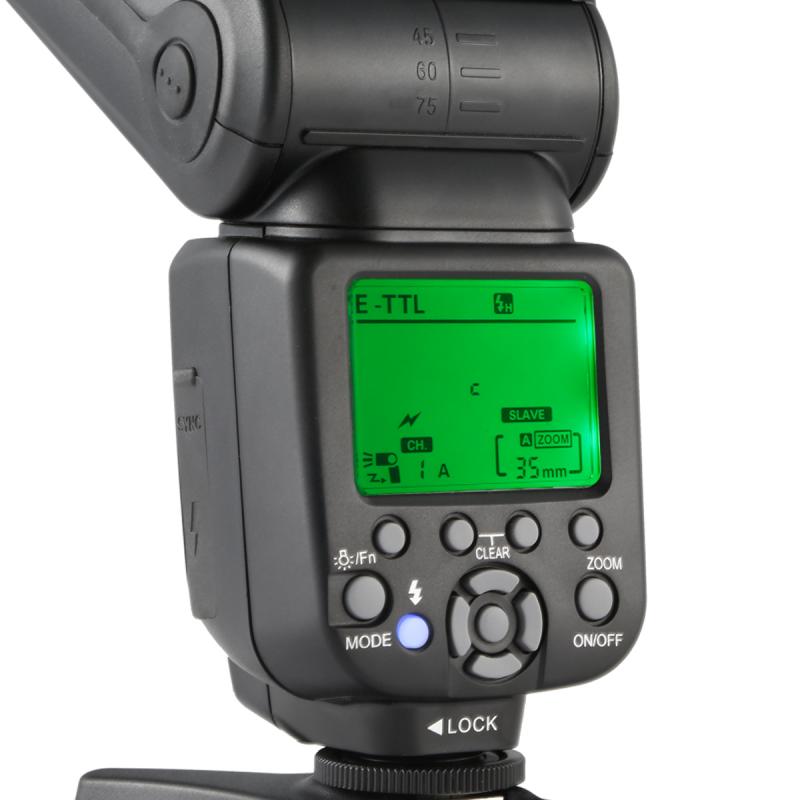
Speed cameras come in various types, each with its own method of operation. The most common types include:
1. Fixed Speed Cameras: These are permanently installed at specific locations, such as busy intersections or accident-prone areas. They use radar or laser technology to measure the speed of passing vehicles.
2. Mobile Speed Cameras: These are portable units that can be set up at different locations by law enforcement officers. They often use radar or laser technology as well.
3. Average Speed Cameras: These cameras are set up in pairs over a stretch of road. They calculate the average speed of a vehicle between the two points.
4. Red Light Cameras: These are installed at intersections to catch drivers who run red lights. They often double as speed cameras.
Do Speed Cameras Always Flash?
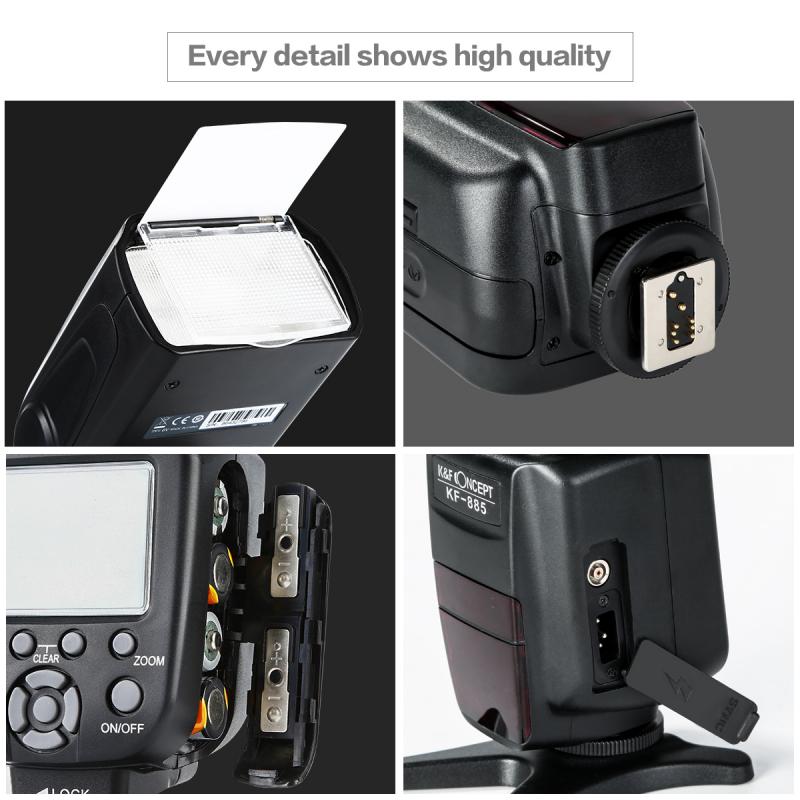
The short answer is no, speed cameras do not always flash. Whether a speed camera flashes or not depends on several factors, including the type of camera, the time of day, and the specific technology used.
Fixed Speed Cameras
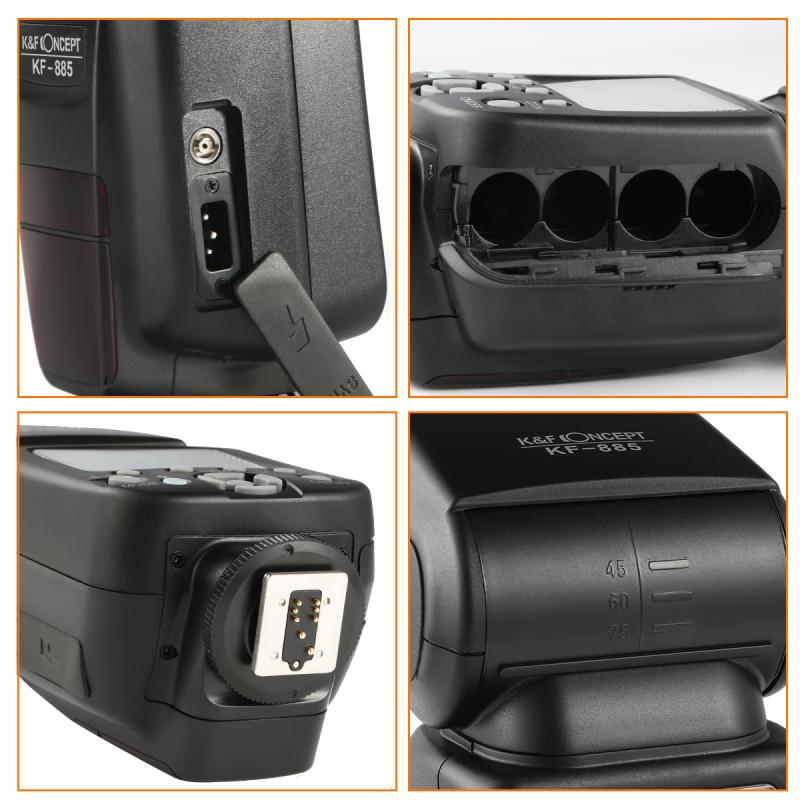
Fixed speed cameras are the most likely to flash when they capture an image of a speeding vehicle. These cameras typically use a visible flash to ensure that the image is clear, especially in low-light conditions. However, some modern fixed speed cameras use infrared technology, which does not require a visible flash. These cameras can capture clear images without alerting the driver.
Mobile Speed Cameras
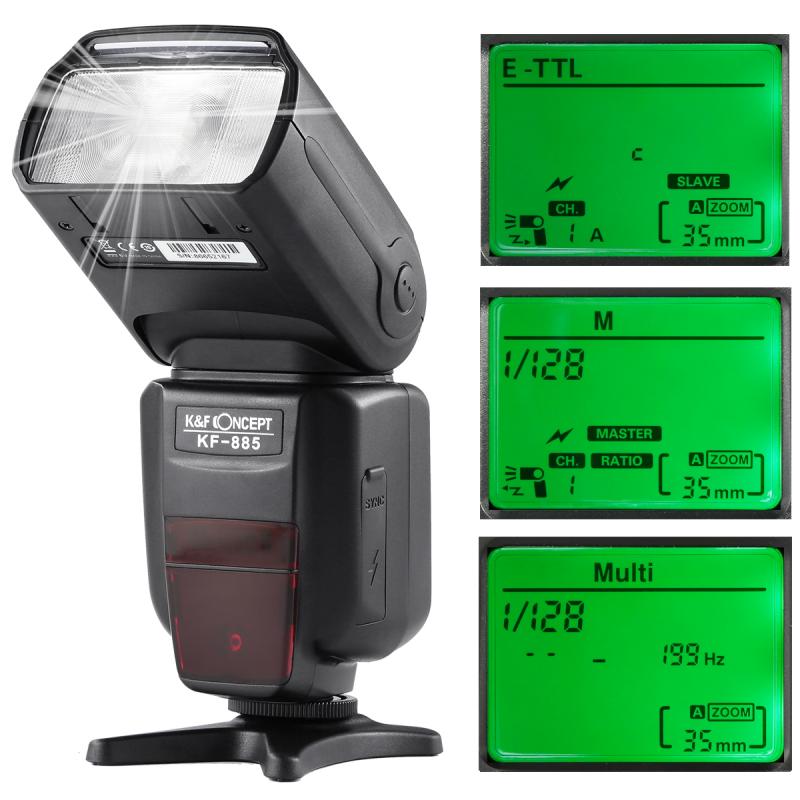
Mobile speed cameras may or may not flash, depending on the specific equipment used. Some mobile units are equipped with visible flashes, while others use infrared technology. Additionally, law enforcement officers operating mobile speed cameras may choose to disable the flash to avoid drawing attention to the camera's location.
Average Speed Cameras
Average speed cameras do not flash. These cameras work by capturing images of vehicles at two or more points along a stretch of road. The system then calculates the average speed of the vehicle between these points. Since the cameras are not capturing images of speeding vehicles at a single point in time, there is no need for a flash.
Red Light Cameras
Red light cameras often use a visible flash to capture images of vehicles that run red lights. However, like fixed speed cameras, some modern red light cameras use infrared technology and do not require a visible flash.
Factors Influencing the Use of Flash
Several factors influence whether a speed camera will use a visible flash:
1. Time of Day: Speed cameras are more likely to use a visible flash at night or in low-light conditions to ensure that the image is clear. During the day, natural light may be sufficient to capture a clear image without a flash.
2. Technology: As mentioned earlier, some speed cameras use infrared technology, which does not require a visible flash. These cameras can capture clear images without alerting the driver.
3. Location: In some cases, the location of the speed camera may influence whether a flash is used. For example, cameras in residential areas may use a flash to deter speeding, while cameras on highways may rely on infrared technology to avoid distracting drivers.
The Impact of Flash on Driver Behavior
The use of a visible flash can have a significant impact on driver behavior. When drivers see a flash, they are immediately aware that they have been caught speeding. This can serve as a powerful deterrent, encouraging drivers to slow down and obey speed limits in the future. However, the effectiveness of this deterrent depends on the driver's awareness of the camera's presence.
Legal and Privacy Considerations
The use of speed cameras, whether they flash or not, raises important legal and privacy considerations. In many jurisdictions, the use of speed cameras is regulated by law, and there are strict guidelines governing their operation. These guidelines often include requirements for signage to alert drivers to the presence of speed cameras, as well as rules governing the use of the images captured by the cameras.
Privacy concerns are also an important consideration. While speed cameras are intended to improve road safety, they also capture images of vehicles and their occupants. This raises questions about how these images are stored, who has access to them, and how they are used. In many cases, the images captured by speed cameras are used solely for the purpose of enforcing traffic laws and are not shared with other agencies or used for other purposes.
In conclusion, speed cameras do not always flash when they capture an image of a speeding vehicle. Whether a speed camera flashes or not depends on several factors, including the type of camera, the time of day, and the specific technology used. Fixed speed cameras and red light cameras are more likely to use a visible flash, while mobile speed cameras and average speed cameras may not. The use of a visible flash can serve as a powerful deterrent to speeding, but it also raises important legal and privacy considerations.
Understanding how speed cameras operate and the factors that influence their use can help drivers make informed decisions and encourage safer driving behavior. By obeying speed limits and being aware of the presence of speed cameras, drivers can contribute to safer roads for everyone.


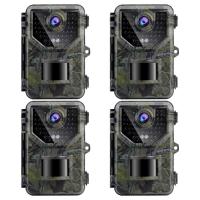
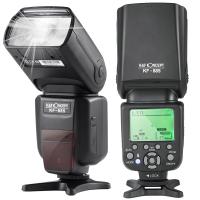
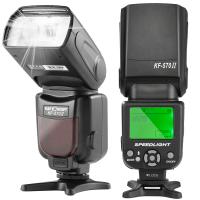
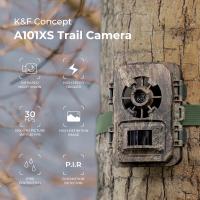

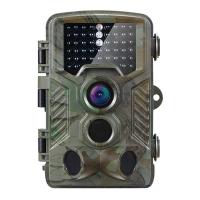
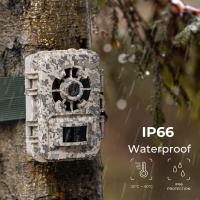



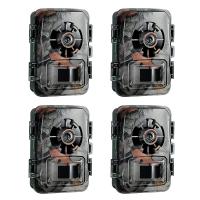
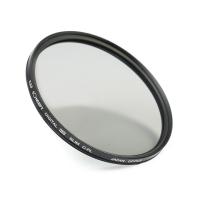


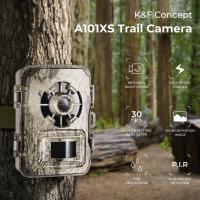
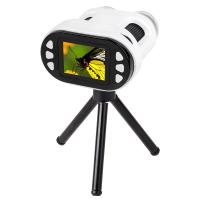
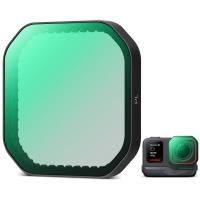

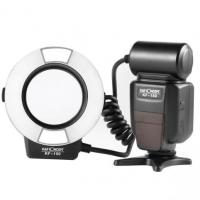

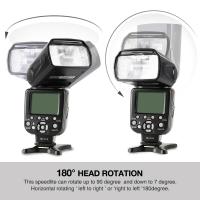
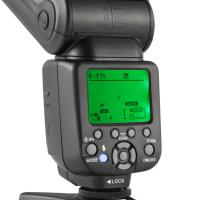




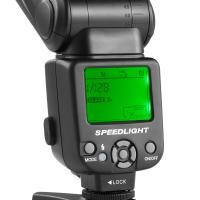
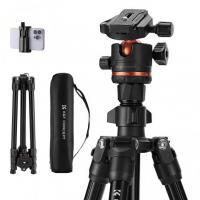
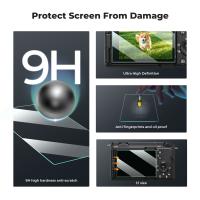
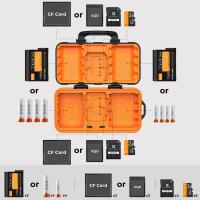
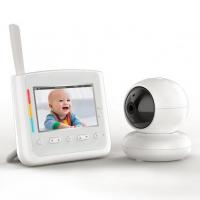

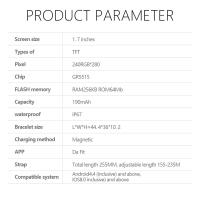


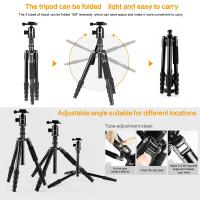
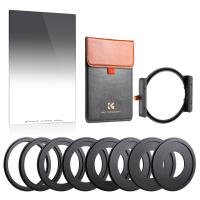
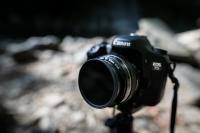
There are no comments for this blog.